Beyond The Bubble
When do we burst the bubble?
There are many benefits that stem from attending a small private school. One notable one is the sense of community that can be established between students, faculty and parents. Schools with small, close knit communities often find it easier to foster that sort of culture within their institution.
We’ve seen this at our own school. Our most fundamental values stem from the Quaker testimonies, the SPICES- simplicity, peace, integrity, community and equality- which faculty try to instill in the student body. This carefully crafted culture and way of life is often referred to as a bubble by students because it shields them from the harsh reality that exists outside of the community.
Even though the metaphorical bubble has worked at our school, there are some issues students can‘t be sheltered from. Over the past few years, the United States has experienced a great deal of social and political turmoil and, because Sandy Spring has worked to become more diverse, these issues are not as distant as they once felt.
Since I became a member of the Sandy Spring community 3 years ago a few issues have been addressed in front of the student body during common times. Topics ranged from the school’s ban of the Washington Professional Football team’s name, the 2014 riots in Baltimore and the controversial 2016 presidential election.
Every time one of these topics was addressed publicly in front of the student body, a few questions crossed my mind: Are they speaking about this to comfort us or is this really how they feel? Is this response intended to represent the entire school or the individual presenting it? If someone felt differently, is SSFS a safe space for them to voice that?
To fairly gauge the school’s awareness of the metaphorical “bubble” and understand how they choose what events are allowed to enter this bubble, I needed the perspective of a student that knows the community well and a person who has worked with Torch and the school on these issues. With this in mind, I decided to pursue the answers to these questions by talking to Alex Polón, the clerk of Torch, and Jonathan Oglesbee, the head of the upper school.
Alex Polon has been a student at Sandy Spring Friends School for nearly 13 years. She has been a leader in the upper school since her freshman year when she was chosen as to be a grade rep on Torch. To say she understands the culture of Sandy Spring would be an understatement.
When asked how the members of Torch decide what topics are appropriate to address in front of the community, Alex stressed the importance of speaking on topics that directly affect members of the Sandy Spring Community. “It’s the topics that are affecting our community members and may either be causing tension or sadness or whatever there may be. We want to start those productive conversations in a way that doesn’t offend anybody but make sure everyone’s voices are heard,” she explained.
Examples of the discussions Alex was referring to were the meetings for worship, business and learning that were scheduled to address the 2016 presidential election, which was a very confusing and emotional time for many members of the SSFS community. Polon also pointed out that the discussions surrounding the elections presented the opportunity for the Sandy Spring community to revisit the topic of race, a topic which always has the potential to be a source of division in any community.
On the other hand, adapting Quaker conventions like meeting for worship, learning and business to address controversial events also provides the school with opportunities to expose students to the reality that exists outside of the metaphorical bubble. In my discussion with Jonathan, we discussed the reason for the school’s tendency to address the elephant in the room.
“I do think that bubble mindset has endured for a while and maybe hasn’t always been healthy for us. It might shield us from some realities that we need to address,” he confessed. The harmful side effect of the bubble that Jonathan is referring to is the fact that it can compete with one the schools biggest goals, which is to “encourage people to ask questions, to wonder about things, to explore and then reflect on what they discover and then to take action based on that”. He describes this goal as something the school wants for students, faculty and adults within the community. Jonathan also spoke on how tackling these topics as a community can encourage students and other members of the community to turn thought and reflection into productive solutions to the world’s problems. “When students have passions about things, my hope is that we can equip them to understand effective social justice and how to affect social change.”
This piece was initially written to acknowledge that the Sandy Spring community has been a lot more lenient about what information is discussed within the metaphorical bubble and investigate what motives the school may have for this. If I was going to give you a boring and disingenuous conclusion to my investigation, I would probably tell you that the school addresses these events because discussing these topics in a structured, educational setting is probably the safest and most credible way for many students to be exposed to this information. However, my conversations with Alex and Jonathan gave me a much broader perspective.
Much like our country, the school is in a period of transition and faculty and students at SSFS are trying (and arguably succeeding) to maintain and promote social awareness in ways that are true to the Sandy Spring’s Quaker values. Since I’ve been a member of the SSFS community, this mission has manifested itself in a number of ways: participation in peaceful protests (women’s march in Washington DC, scientists march in Washington dc), acts of solidarity (supporting LGBT students at Churchill), queries in meeting for worship, student lead initiatives that promote diversity and cultural awareness (Our People, Our Planet Day, affinity group blackout in Meeting for Worship, Martin Luther King Assembly) and more. To me, that’s not even the impressive part. Whether the school’s approach to social change is motivated by a desire to call students to action or simply to comfort a room of angsty teenagers, it is impressive that the school has been able to tackle these topics without compromising their goal of being a safe place for everyone.
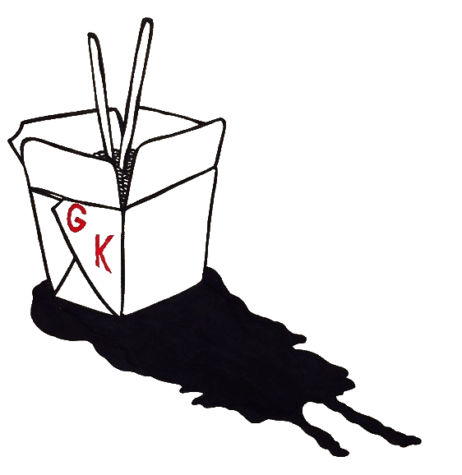
Wassup yall? My birth certificate says Steven Christopher Aldridge but the homies call me GOODKVRMA. I am a senior at SSFS. I'm social entrepreneur, an...

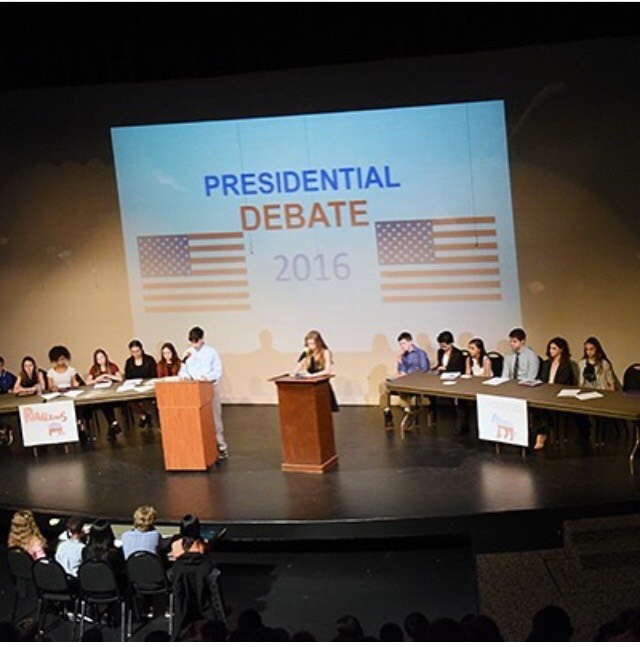


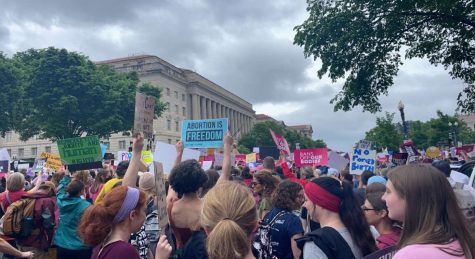
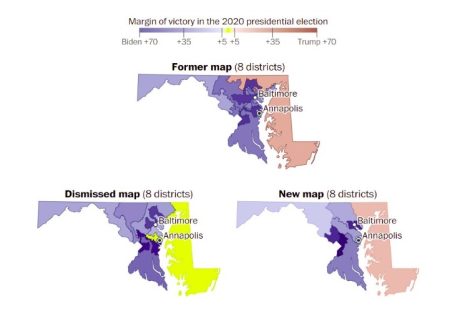
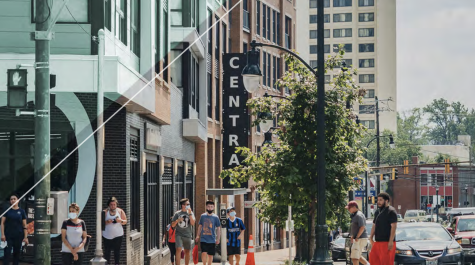

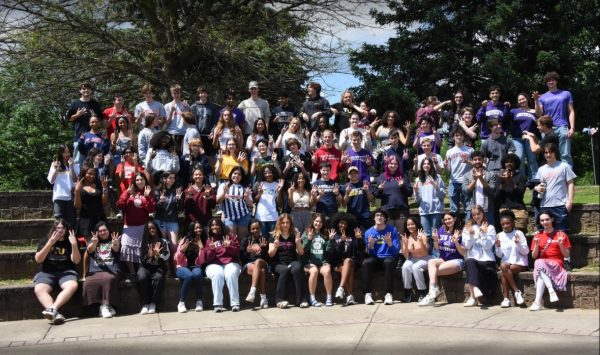
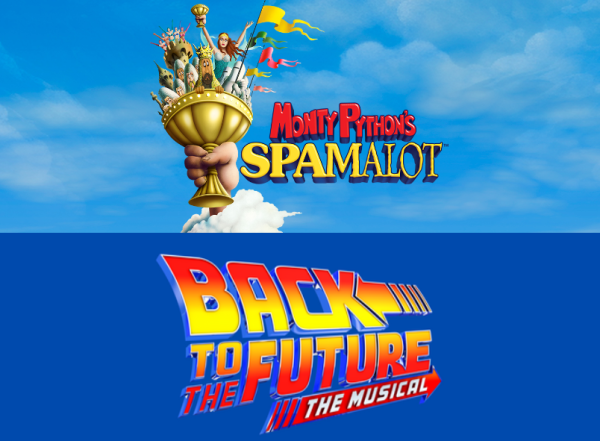
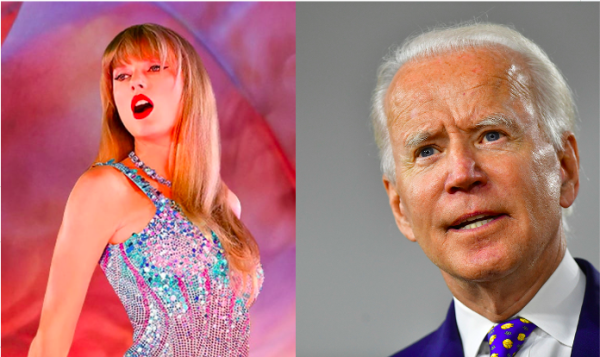

emily gordon • Dec 6, 2017 at 8:07 am
This school is a bubble.
This community needs to realize that not every situation can be resolved with a meeting. In the real world outside of school, just because someone says something offensive does not by any means mean that you can request them to sit down with you and other people for an hour to discuss your issues. we need to learn how to live in the real world. Coming from a public high school i know how things work in a non quaker community and it is not easy, but it is real, and when students who have been sheltered here their whole lives go to college, they will not know what to do.
Hanke Chen • Nov 7, 2017 at 10:08 am
1. The school is a bubble
* It prevents us to see the real world: We learned but we do not feel the hunger in some undeveloped country. Everyone in the school is trust-worthy.
2. The school should maintain the bubble
* The purpose of having school, at least the high school, everyday is to learn and to make mistakes. The consequence will be worse in the real world.
3. It is good to know what’s outside of the bubble
* This is the whole point of learning.
4. The school is not a perfect bubble
* Students have different personalities and they may have inconvenient interactions with you.
* Other evidence